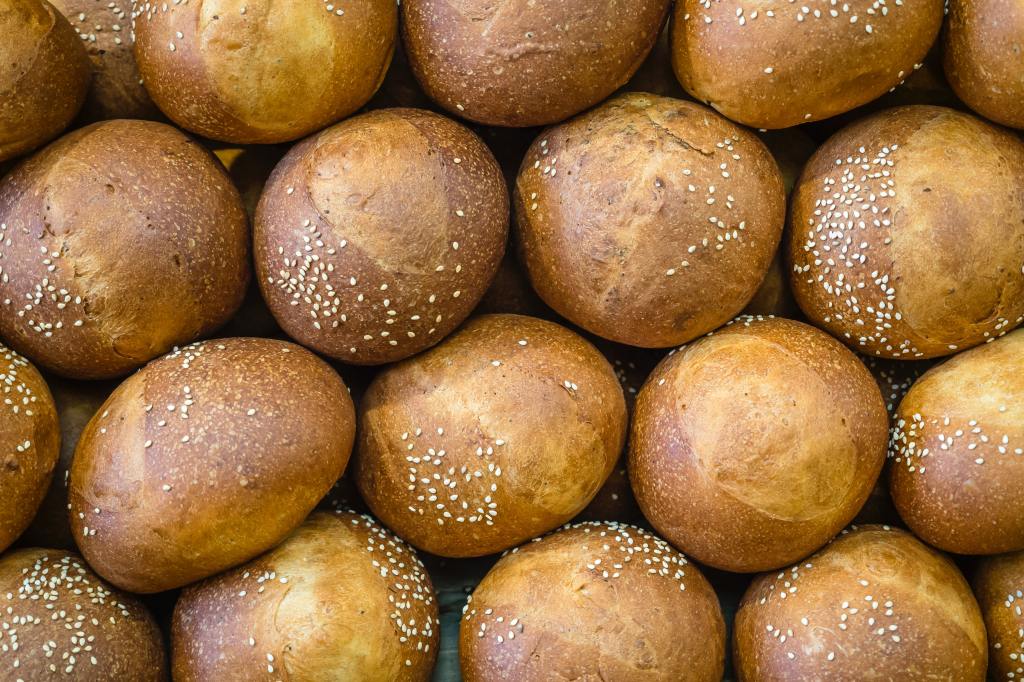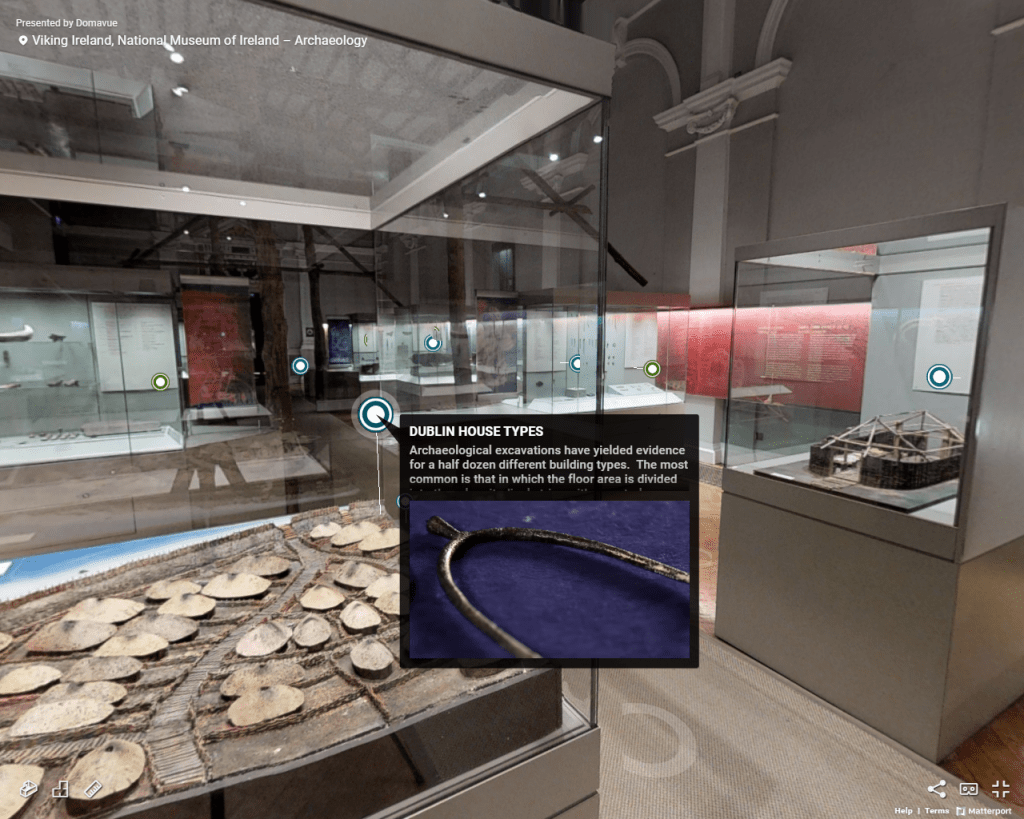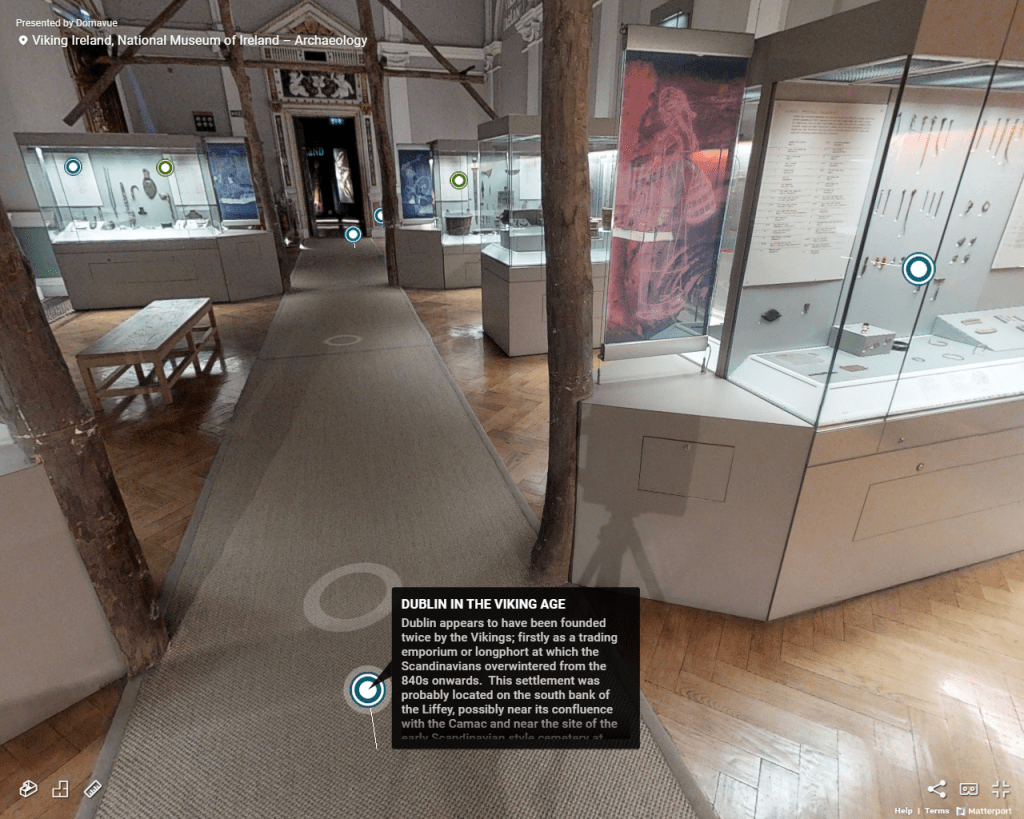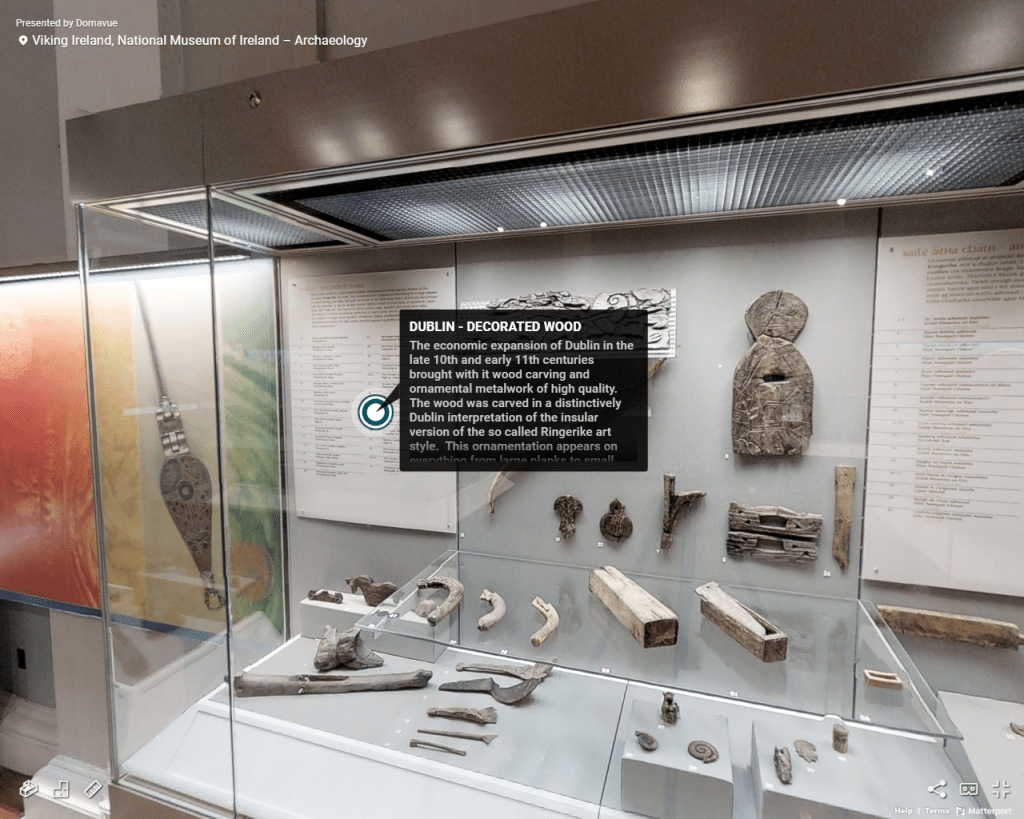My husband and I had a trip booked to Ireland in June 2020. Due to Covid, the trip never happened. For a myriad of reasons, it’s a trip that likely won’t happen any time soon. I’ve pulled up my old itinerary, and I’m going to explore as much of this holiday as virtually as I can!
DAY ONE LINK HERE. DAY TWO LINK HERE. DAY THREE LINK HERE.
DAY 4: DUBLIN
GOAL: Today’s goal was to learn about Irish history in all its amazing glory and see some fantastic art, too.
1- TEMPLE BAR FOOD MARKET held every Sat 10a-4:30p at Meeting House Square.

We were excited to check out this market to get a feel for local flavor. We were hoping to pick up some snacks and souvenirs. I was hoping to start the day off with a mulled apple and Irish whiskey drink! hahaha. We would have shared it, though, because neither of us usually care to day drink.
2- THE NATIONAL MUSEUM OF IRELAND
Man, I was super excited to see this museum! It was going to teach me everything I needed to know about the history of Ireland! The museum operates out of four locations, each with a thematic focus:
- National Museum of Ireland – Archaeology (yes, please)
- National Museum of Ireland – Decorative Arts and History (this one, too)
- National Museum of Ireland – Country Life (was located too far)
- National Museum of Ireland – Natural History (not enough time)
We were hoping to visit the first two.
They have virtual tours but they were kinda hard to navigate, and it was hard to zoom in on the informative plaques, so I didn’t learn much by visiting them. Still, it was fun to float around and see what they looked like. Except for the Viking one, they did good with that one.
Archaeology Museum: prehistoric Ireland, including early work in gold, church treasures and objects from the Viking and medieval periods.
What I learned from reading their PDF guide:
- The earliest artefact found in Ireland is a flint flake from Mell, Co. Louth. It could date to as early as 400,000 B.C. It is literally a chunk of rock. No clear evidence has yet emerged to demonstrate the presence of humankind in Ireland during the Palaeolithic (Old Stone Age) period of time during which much of Ireland was covered by ice sheets. A flint flake from gravel deposits at Mell, near Drogheda, County Louth is the earliest known artefact found in Ireland. Fashioned elsewhere perhaps between 300,000 and 400,000 B.C., it was deposited subsequently by an ice sheet near the Irish coast.
- The oldest intact Irish vessel is a huge logboat from Addergoole Bog, Lurgan, Co. Galway, hollowed out from the trunk of an oak tree around 2500 BC. It was around this time that the knowledge of metalworking was introduced to Ireland, together with a distinctive type of pottery called Beaker Ware that, all over Europe, is found in association with early metalworking. The boat is easily the largest artefact on display at the National Museum of Ireland, and its arrival there involved quite a journey.
- By around 3700 B.C., the first farming settlements had been established. Farming was based on imported domesticated cattle, sheep and goats, and on cereals such as wheat and barley.
- Megalithic (large stone) tombs such as portal tombs, court tombs and passage tombs were used for communal burial. A reconstructed passage tomb is displayed that incorporates decorated stones from several ruined tombs; however, the precise significance of the decorative motifs on these stones has been lost.
- The lunula with spade-shaped terminals set at right angles to the plane of the crescent is the most characteristic gold object of the Irish Early Bronze Age. More than one hundred are known from Western Europe, of which more than eighty have been found in Ireland. A large hoard of gold ornaments was found in marshy ground close to a lake at Mooghaun North, County Clare, in 1854 contained more than 150 objects weighing over 5 kilos. The hoard consisted mostly of bracelets but also included at least six gold collars and two neck-rings. Unfortunately, the majority were melted down soon after discovery.
- The most outstanding item of secular metalwork of the early medieval period is the silver-gilt brooch known as the ‘Tara’ Brooch, which is remarkable for the sumptuousness and variety of its decoration and for the detail and quality of its workmanship.
- Centrally placed within the Treasury are some of the best-known ecclesiastical treasures of the eighth- and ninth-century Golden Age, including the Ardagh Chalice, the Derrynaflan Chalice and Paten, and the Moylough Belt Shrine. The Ardagh hoard, from County Limerick, was found in 1868 by a youth digging potatoes in a ringfort where the treasure may have been concealed from raiding Vikings in the ninth or tenth century.
- A Viking sword obtained by trade or as loot is the finest surviving example from Ireland. It has a silver-mounted handle and an elaborate pattern-welded blade inlaid with the name of the sword-maker VLFBEHRT, whose blades were exported from the Rhineland during the Viking Age.
- The properties of bogs are such that, occasionally, human bodies are preserved in them to an exceptional degree with hair, skin, hands, internal organs and other soft tissue intact. Two recently found bog bodies have provided important new insights into pagan Celtic times. Discovered in 2003 Clonycavan Man, from County Meath and Oldcroghan Man from County Offaly were the victims of human sacrifice between around 400 to 200 B.C.
Highlights from the Decorative Arts Museum include:
- The building itself: The National Museum of Ireland – Decorative Arts & History is located at one of Dublin’s most impressive, historic sites. This former military barracks is home to two fascinating and completely diverse collections. Decorative arts encompasses silver, ceramics, glassware, furniture, clothing, jewellery and coins while the military history collection tells of Ireland’s military and revolutionary past.
- The museum does a good job describing its highlights. Click here.
3– THE RHA GALLERY one of Dublin’s leading public art galleries.
I have no idea what exhibits we missed in 2020, but here’s what on exhibit now:
- Deirdre O’Mahony: Feeder – A research-based installation about landscape, farming, food production and the sustainable use of natural resources. A darkened space holds three stainless steel cattle troughs filled with books lit by incubator lamps. Seating invites visitors to investigate the books as the faint sound of the rural countryside softly haunts the space. Another project of hers was T.U.R.F.
- Remco de Fouw: Tales of Hyperborea – Remco de Fouw RHA’s debut show in the RHA Ashford Gallery brings a multimedia display of sculptural objects, photography and kinetic objects – all to evoke a glimpse into the mythology of Hyperborea. “Tales Of Hyperborea plays with notions of truth and representation, a constant push and pull between the mythic and the actual. By inviting many unlikely elements to coincide, I like to consider the current scientific hegemony as relatively recent and perhaps another transient phase on our continuing journey around our Sun.” other projects.
- A Growing Enquiry – Art & Agriculture, reconciling values – This exhibition combines seven artists that posit questions about how we create our value systems around art and agriculture. Food, and its production is intrinsically linked to the sustainability and survival of our species on the planet. Globally, the UN works to integrate gender issues in food security, agriculture and rural development. Gender inequalities in access to productive resources (land, labor, fertilizer, credit, technology, extension and markets) are all recognized as negatively affecting food availability and food security.
5- THE WHISKEY MUSEUM DUBLIN
I read to skip the tour and simply buy a flight of whiskeys at the bar on the first floor. (tripadvisor review: “This is not at all a museum. It’s three small rooms with elementary decoration and a guide reciting a monologue. There’s almost nothing to show – a drawing on a child’s blackboard “explaining” triple distillation, a few dated animations. So you sit there while the guy rambles.. with frequent veiled negative references to Scotch whisky.”) We still would have went there to drink just to see what they had!
Which now brings me to Ryan’s Whiskey Review!
A visit to Dublin would oblige you to visit Temple Bar and the Guinness Storehouse, but if you’re traveling with me, we’re starting at the Teeling Distillery. After the Teeling family sold the Cooley Distillery, producers of Tyrconnell, Kilbeggan, and the deliciously peated Connemara, the Teeling brothers made the decision to open a distillery in Dublin.
-rYAN DONG, WHISKEY CONNOISSEUR
Teeling brings an inventive approach to whiskey distilling. All the core whiskeys are non-chill filtered and bottled at 46% ABV. Wait hold on, non-chill-filtered-ABV-PVC-TLC what are we talking about you ask? In the modern era of whiskey distilling, most whiskeys are run through a cold filter prior to bottling to avoid having a cloudy appearance during the cold months. While making for a beautiful looking product all year long, the filter strips impurities out to the whiskey, but these “impurities” add to the flavor and character of the whiskey. Okay, okay, but what’s with this ABV thing? Alcohol By Volume is how much alcohol is in the whiskey (Pro Tip: double the ABV for the alcohol’s Proof*). After maturing, whiskey at cask strength is in a range of 56%-63% and is diluted with water to bring down the ABV. Many whiskeys are diluted to 40% or 43%, and as you guessed it dilution leads to less flavor and a watered down character. So now, you understand why we’re at the Teeling Distillery at 10am, these guys bottle with integrity!
Teeling started with their Small Batch in 2015 which is matured in ex-bourbon casks, and finished in ex-rum casks for a whiskey with notes of vanilla and the ghost of Caribbean rum hanging in the background. Their Single Grain is finished in ex-Cabernet Sauvignon casks, and the Single Malt is a blend of five (5!) cask finishes of Sherry, Port, Madeira, Cabernet Sauvignon, and White Burgundy. Told you these Teeling brothers are ones to watch in the whiskey world! They round out their whiskeys with a Single Pot Still whiskey, and a peated Irish whiskey, see that Cooley distillery influence? Don’t worry too much about Single Pot Still yet, our travels will take us to down to Cork and the Midleton Distillery. For now, kick back and enjoy the best whiskey in Dublin.
*Proof was a test developed in the 16th century when distillers wanted to avoid a higher tax on strong alcohol, so they would take a match to their alcohol and attempt to light it. The alcohol lit at 100 Proof, and was taxed accordingly.
Next up: Wicklow Mountians tour day.








Thanks so much for sharing this ..I would to return to Ireland again .
Anita
LikeLike
Very nice. And Ryan’s notes are par excellence.
LikeLiked by 1 person
Thank you kindly, sir 🤗
LikeLike
HI
LikeLike